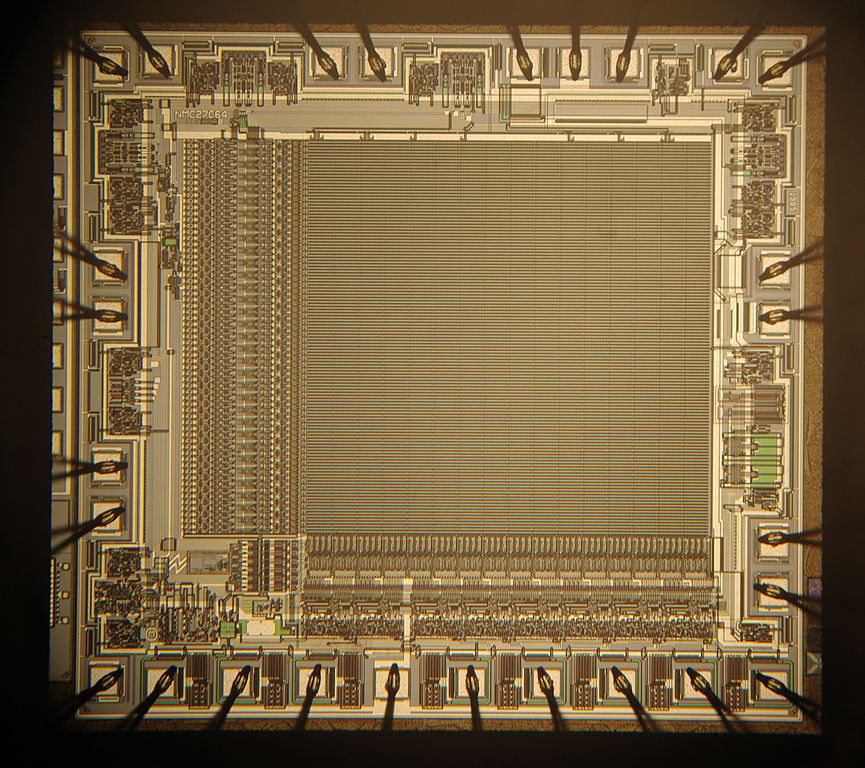Michael McAlpine, a 3D printing pioneer at the University of Minnesota, in collaboration with Yong Lin Kong, a University of Utah mechanical engineering professor, have developed potentially revolutionary electronic devices for medical innovation.
The two developed a method capable of 3D printing semiconductors which help promote further innovation in the medical device field, described by the U.S. Patent Office as “3D printed active electronic materials and devices.”
Moreover, the patent outlines a 3D printing method to produce active electronics made of semiconducting materials which “may provide a multitude of end uses, such as wearable displays and/or continuous on-eye glucose sensors. These devices may also include a range of functionality, from including quantum dot light-emitting diodes (QD-LEDs), MEMS devices, transistors, solar cells, piezoelectrics, batteries, fuel cells and photodiodes.”
The patent mentions that “integration of electronics on otherwise passive structural medical instruments such as catheters, gloves and contact lenses are critical for next-generation applications such as real-time monitoring of physiological conditions.”
According to McAlpine, 3D printing semiconductors opens the possibility of directly incorporating smart functionality into soft, complex three-dimensional biomedical devices, thanks to the fact semiconductors are “smart,” able to switch, amplify and “think.”
“This opens up the possibility of incorporating smart electronics into biomedical devices such as brain interfaces for communicating with neurons or optogenetic devices such as 3D printed LEDs and photodiodes to stimulate them, sensor tattoos which can directly printed onto the body, cardiac devices which can regulate beating at low power, and ‘bionic’ devices,” McAlpine told Medical Design and Outsourcing.
Expect this technology to continue to grow as 3D printing electronics and semiconductors is beginning to become big business. In fact, Deloitte estimates the 3D printed electronics market size will reach $1 billion by 2025.
If this is the case, medical device innovation will almost certainly see incredible growth in the near future which bodes well for healthcare as a whole.






